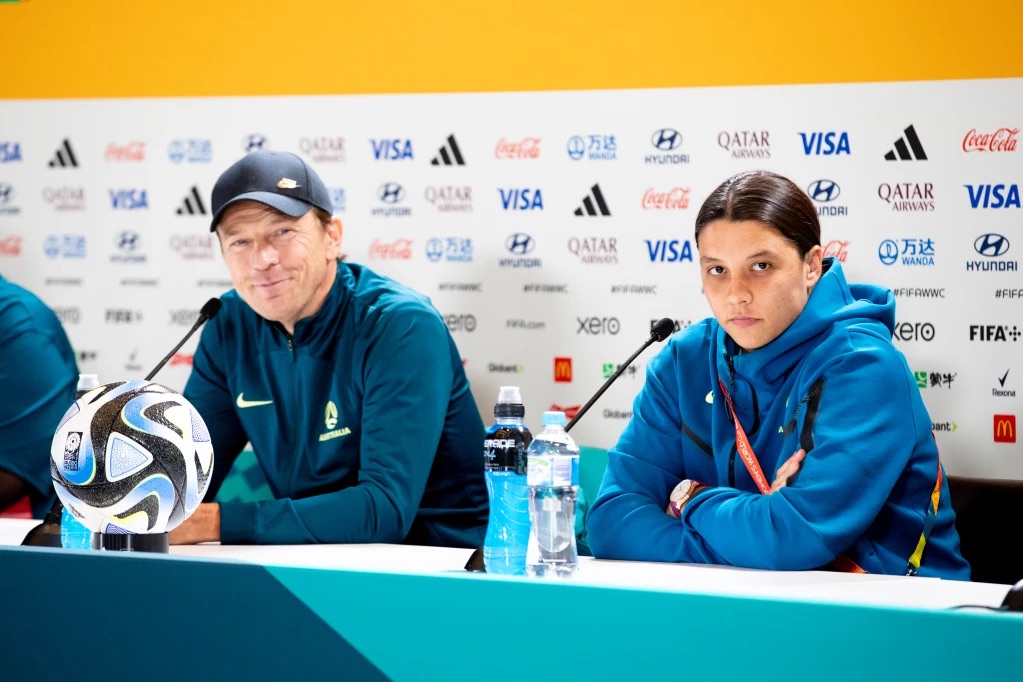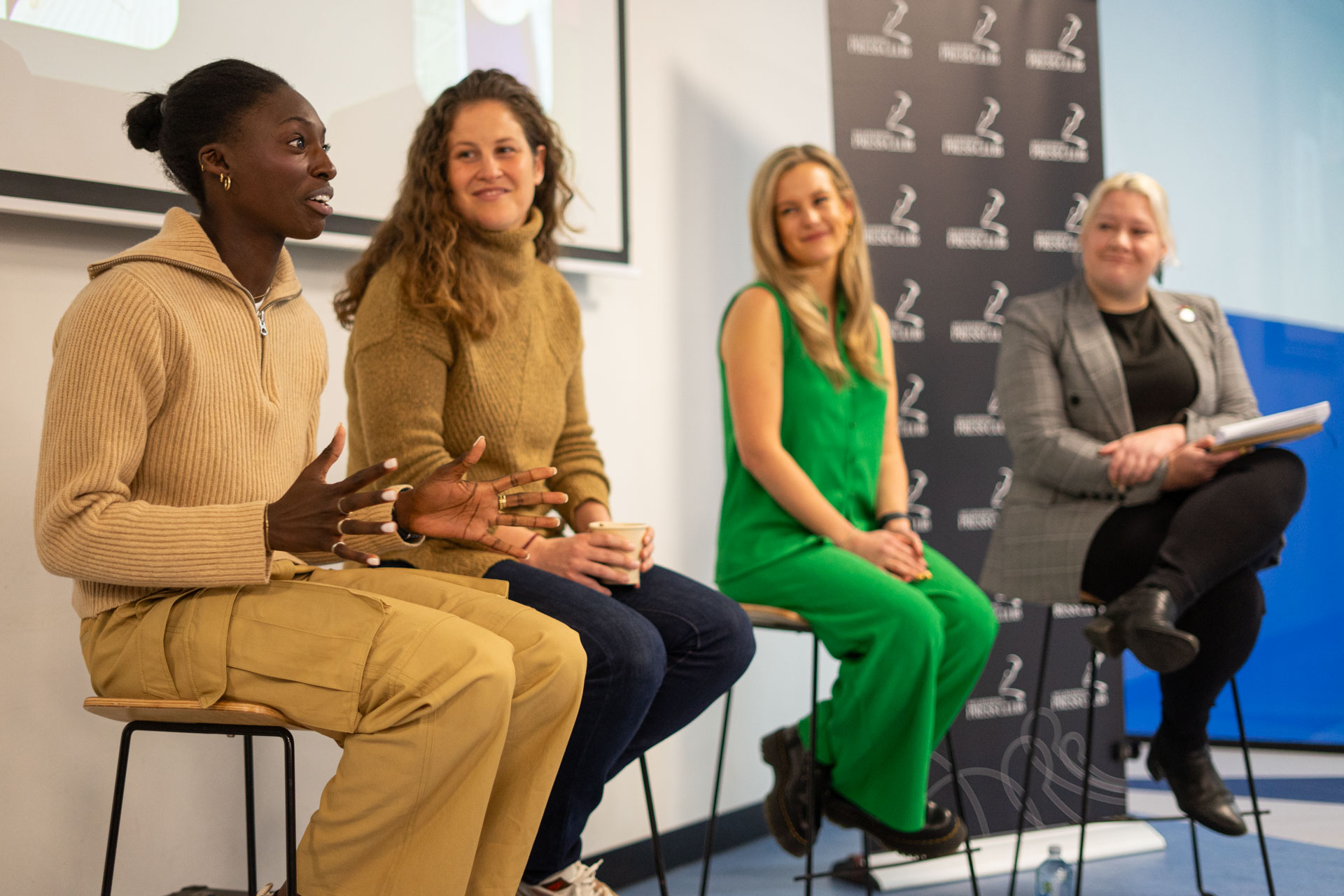
 |
By Nana Owusu-Afriyie |
With the conclusion of the World Cup, it's a fitting time to reflect on the global influence football has had in inspiring a sense of national unity, particularly evident in our cherished Matildas, now affectionately referred to as the Tillies. The impact of the Australian Matildas women's football team on Australians has been profound, inspiring women and girls to engage in sports, advocating for gender equality, and instilling a sense of national pride through their global accomplishments. Additionally, their achievements have elevated the visibility of women's sports within the country, leading to a shift in perceptions about female athletes.
The accomplishments of the Matildas have significantly contributed to the advancement of women in sports in Australia. Their success is motivating young girls to engage in sports and follow their aspirations. Their achievements have also drawn attention to gender disparities in sports, sparking conversations about equity and representation and leading to increased investment in women's sports programs and facilities.
The media plays a crucial role in allowing those of us who couldn't secure tickets to the often sold-out World Cup matches to experience the feeling of being in the stadium. It achieves this by providing behind-the-scenes glimpses of athlete training, sharing stories of competitors worldwide, and offering valuable insights into the lives of those participating in the World Cup. Media coverage has a profound impact on sports, influencing their popularity and visibility. Extensive media coverage can elevate athletes and their sport, attracting larger audiences and boosting funding. However, disproportionate coverage can perpetuate biases and unequal representation, affecting the perception of various sports and athletes. Media also shapes narratives and storylines, impacting public opinions and discussions surrounding sports-related issues.

Image: Nana speaking at the MPC's recent event 'The World Cup, women’s sport and journalism: where to from here?'
Now that the World Cup has come to an end, the victorious nation possesses its trophy, the stadium lights dim, daily life resumes in Australia, and players mull in their tournament journey, the question arises: How do we and the media ensure ongoing backing for our women athletes and the Matildas in the future? Furthermore, how might the Australian media play a role in influencing the consistent support for sports, from grassroots levels to our national teams?
To ensure continuous media coverage and securing ongoing media attention of women's sports following the World Cup includes the media showcasing a multifaceted approach that includes content diversity in all media forms, athlete narratives, partnerships, women-led sports media programs and persistent advocacy. Social media and news platforms are powerful tools for ongoing coverage. Utilising these platforms to share real-time updates, highlights, and behind-the-scenes content can sustain interest and engagement even after major events conclude. The media can use its platforms to foster a dedicated audience which is essential to grow women’s sports. Building a community of fans who are genuinely interested in women's sports creates a reliable viewership base. The media can facilitate discussions, interactions, and fan engagement to keep the momentum going.
Content diversity across all media forms is essential; showcasing a wide range of sports and perspectives can engage broader audiences.
By weaving athlete narratives into the daily news, the media humanises these women, making their journeys relatable and inspiring. Partnerships between media outlets and women's sports organisations amplify visibility and resources. Yet, persistent advocacy remains crucial. Consistently highlighting women's achievements, challenges, and the need for equity ensures that the momentum for change remains constant. This collective effort—embracing content diversity, athlete stories, partnerships, and unwavering advocacy—solidifies the media's role as a catalyst for elevating women in sports, breaking barriers, and inspiring future generations. Another pivotal role the media can play in championing women's sports is through supporting and advertising female sports media programs which can also help the growth of women's sports. These programs ensure accurate narratives and present unique perspectives.
Notable initiatives such as Making the Call - a Victorian-based program - serve as a pathway for women and non-binary people who are interested in careers in sports media and broadcasting. Making the Call so far has 81 graduates from their introductory and extension program. I'm honoured to be a graduate of both programs. Its strengths lie in mentoring and cohort support. Personally, I've gained skills, knowledge, and guidance, enabling me and fellow graduates to cover diverse sports and events across many media platforms. These programs also advocate for women's leagues and engage communities. Ultimately, they empower women in sports.
Equal media prominence is also needed. Treating women's sports coverage with the same significance and airtime as men's sports can gradually normalise the presence of women's sports in media and society. While the women's World Cup's impact has been positive, fans, athletes, and the media need to continue advocating for equal coverage and opportunities. Overall, the Australian media has a valuable role to play in driving the ongoing support and growth of women's sports beyond the excitement of major tournaments. The media embracing content diversity, athlete narratives, partnerships, advocacy, digital platforms, audience engagement, and equitable coverage, the media can best position itself to provide sustained and meaningful coverage of women's sports long after the World Cup has concluded.
To the Australian media, let us get behind our women and use our platform and reach to do so.
Nana Owusu-Afriyie is an Australian and New Balance track and field athlete, who co-hosts The WattleNest show on the SEN App - “For the Glory”. She works in sports media and coaches athletics at various Victorian schools.
Main image: Nine